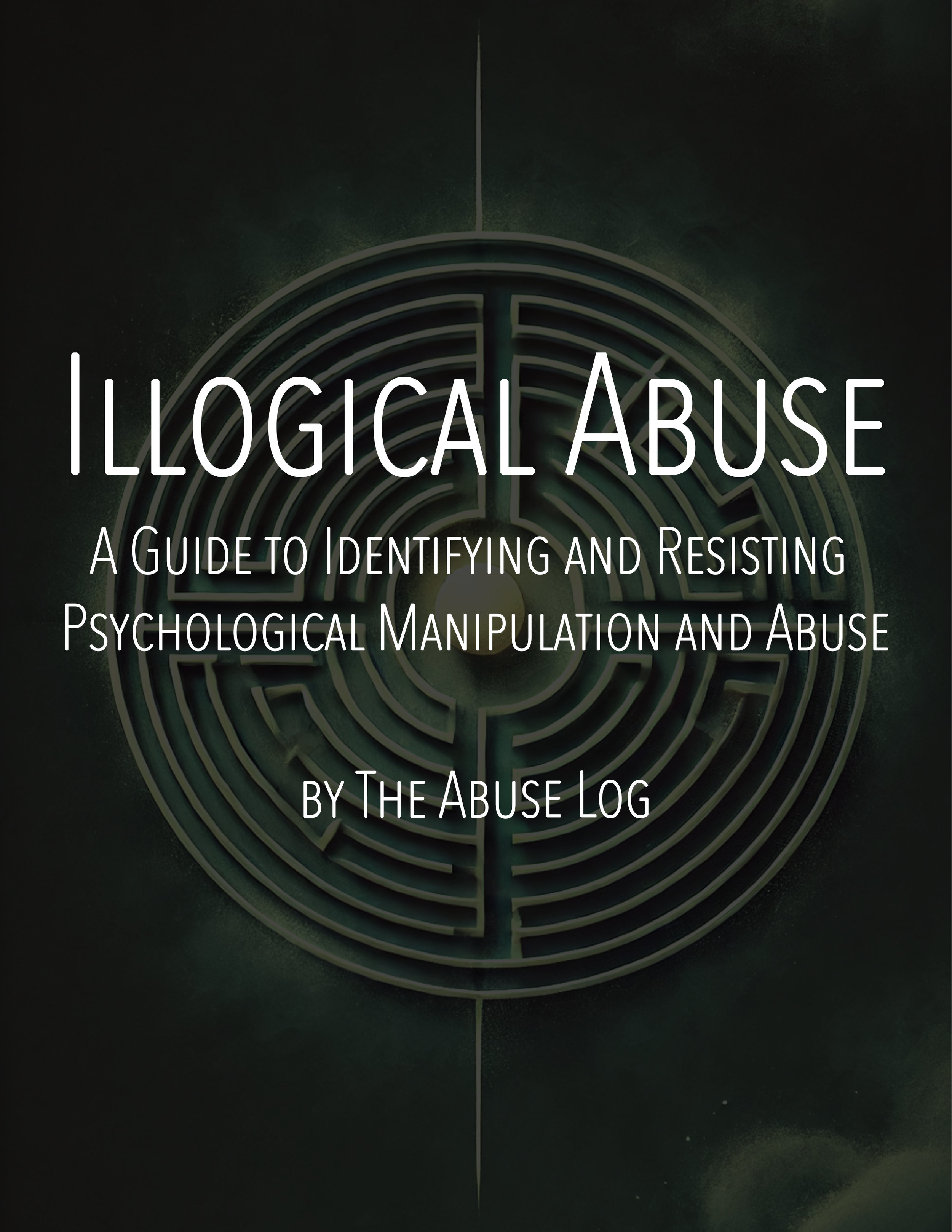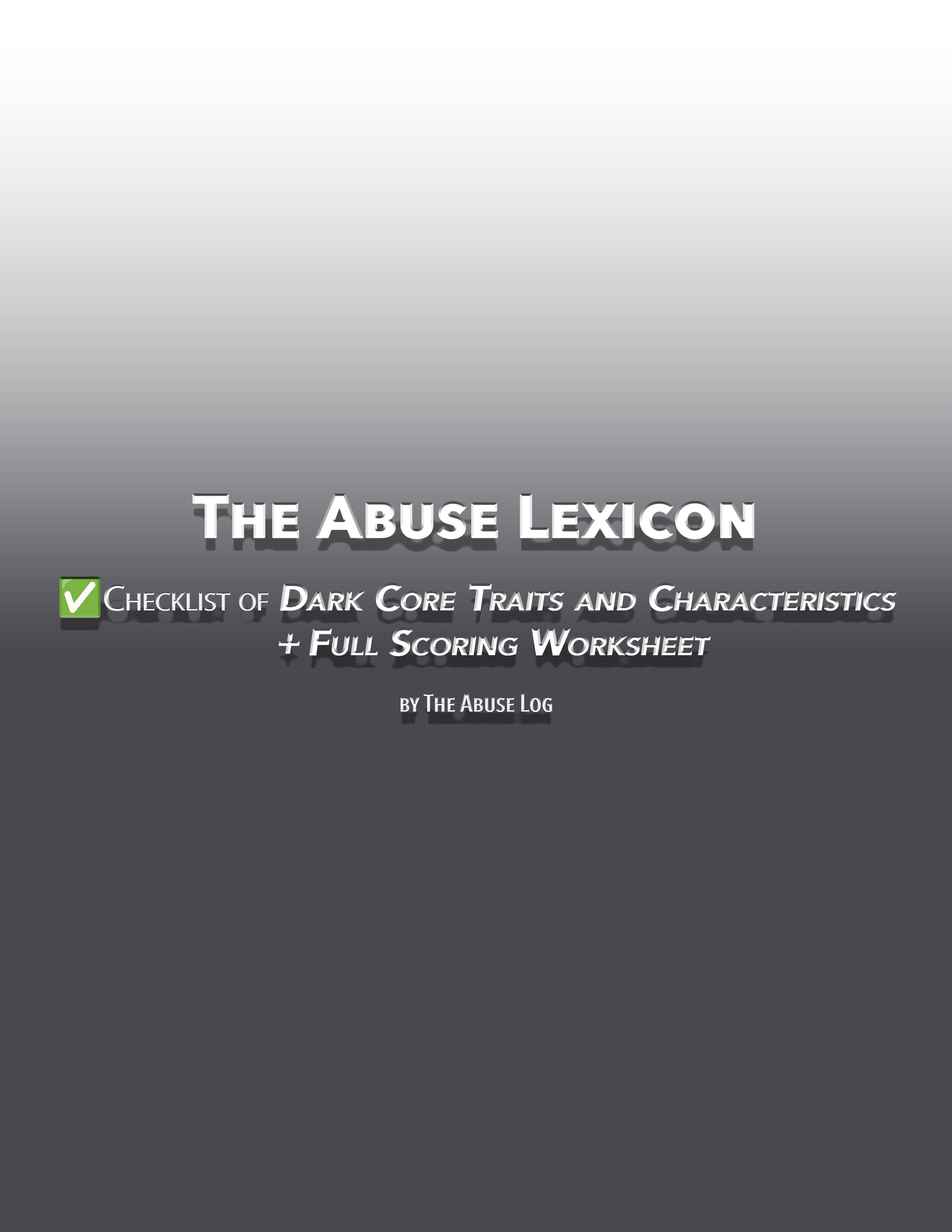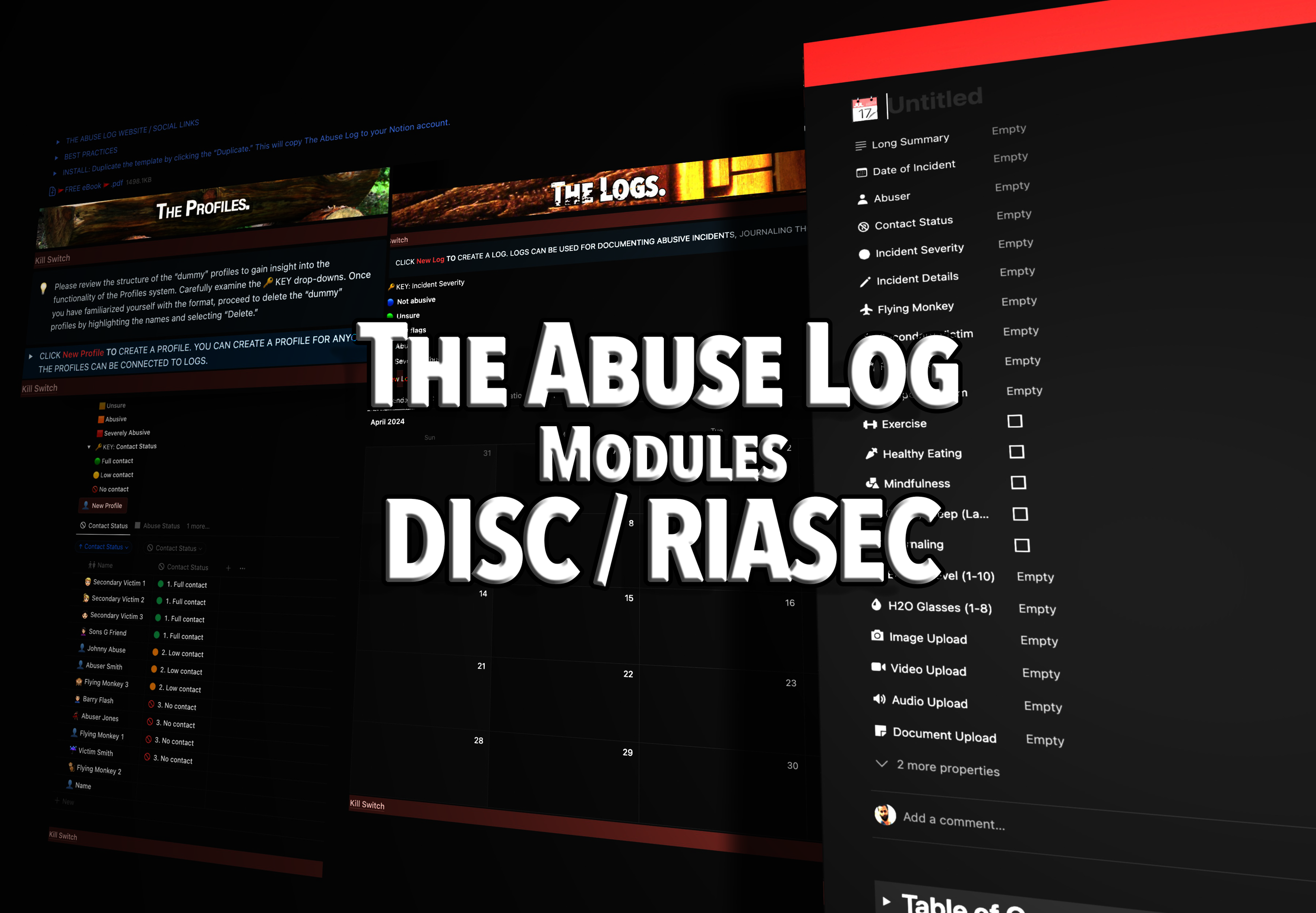The Moral Defense in Psychology
Introduction
At the intersection of moral philosophy and psychology lies a fascinating phenomenon known as the moral defense. It represents the cognitive and emotional strategies individuals employ to reconcile actions that contradict their moral beliefs. Whether it’s a corporate executive justifying unethical practices for profit or a friend lying to protect someone they care about, the moral defense serves as a psychological safety net, shielding individuals from the discomfort of cognitive dissonance.
In this blog, we will delve into the origins of the moral defense, explore its psychological mechanisms, examine its presence in everyday life, and discuss its broader societal impact. By better understanding how and why moral defenses operate, we can foster greater self-awareness, accountability, and ultimately, more ethical behavior.
1. Theoretical Foundations of the Moral Defense
The roots of the moral defense can be traced back to Sigmund Freud's psychoanalytic theory, where moral conflict arises from the tension between the id (instinctual desires), ego (rational mediator), and superego (moral conscience). When the ego faces pressure from the superego, it deploys defense mechanisms—including rationalization, denial, and projection—to reduce guilt and maintain self-image.
In the mid-20th century, Leon Festinger’s Cognitive Dissonance Theory offered a more empirical framework. Festinger posited that individuals experience psychological discomfort when their behavior conflicts with their internal moral standards. To reduce this discomfort, they often:
Reinterpret the morality of their actions.
Shift responsibility onto others.
Minimize the perceived harm caused.
For example, a person caught cheating in an exam might tell themselves, "Everyone else was doing it; it's not fair if I didn't."
Moral defenses are not inherently negative; they often serve as emotional buffers during difficult circumstances. However, over-reliance on these mechanisms can perpetuate harmful behaviors.

2. Mechanisms of the Moral Defense
The moral defense operates through several cognitive and emotional strategies. Below are the most common mechanisms:
a. Moral Justification
When individuals frame their questionable actions as serving a higher moral purpose, they reduce internal conflict. For example, a soldier may justify violence by emphasizing duty and patriotism.
b. Euphemistic Language
Language is a powerful tool for shaping perception. Terms like "collateral damage" instead of "civilian casualties" serve to sanitize morally troubling realities.
c. Advantageous Comparison
This involves comparing one's actions to something perceived as far worse. For example, "At least I didn’t steal as much as others did."
d. Displacement of Responsibility
When individuals shift the blame to authority figures or external circumstances, they feel less accountable. For instance, "I was just following orders."
e. Diffusion of Responsibility
In group settings, responsibility becomes fragmented, leading individuals to feel less culpable. A common refrain might be, "Everyone was doing it; I’m just one person."
f. Dehumanization
By perceiving victims as less than human, individuals reduce empathy and moral accountability. Wartime propaganda often employs this tactic.
These mechanisms are often employed unconsciously, highlighting their deeply ingrained role in human psychology.
3. The Moral Defense in Everyday Life
Moral defenses aren’t confined to extreme scenarios; they play a role in everyday decisions. Here are a few common examples:
Workplace Ethics: Employees might justify unethical actions, like cutting corners on a project, by saying, "Deadlines are impossible anyway."
Relationships: A partner might lie about a sensitive issue and rationalize it as "protecting their loved one from hurt."
Environmental Responsibility: Someone might dismiss their contribution to pollution with, "One person can’t fix climate change."
These small-scale moral defenses accumulate over time, shaping individual and collective behavior.
4. The Difference Between Moral Defense and Moral Disengagement
Though often used interchangeably, moral defense and moral disengagement have distinct meanings:
Moral Defense: Retrospective justification of actions to reduce guilt or cognitive dissonance.
Moral Disengagement: Proactively detaching from moral standards before engaging in harmful behavior.
For instance, a corporate executive using euphemisms to explain exploitative labor practices is engaging in moral defense. In contrast, an executive deliberately ignoring the consequences of their actions beforehand demonstrates moral disengagement.
Understanding this distinction is vital for addressing ethical lapses in both personal and professional settings.
5. Implications for Therapy and Intervention
Addressing moral defense mechanisms requires a multi-faceted approach:
a. Cognitive-Behavioral Therapy (CBT): Therapists help clients identify and challenge moral justifications and cognitive distortions.
b. Accountability Frameworks: Systems that encourage transparency and personal responsibility can reduce reliance on moral defenses.
c. Psychoeducation: Raising awareness about moral defenses can empower individuals to recognize these patterns in their behavior.
d. Ethical Training in Organizations: Teaching employees about moral defenses can foster a culture of accountability.
These interventions are essential for breaking cycles of self-justification and fostering ethical integrity.
6. Broader Societal Impact
The moral defense is not just a personal phenomenon; it shapes society at large:
Politics: Politicians often justify unethical decisions as being "for the greater good."
Corporate Culture: Companies may rationalize harmful environmental practices as "necessary for economic survival."
Social Movements: Acts of violence are sometimes framed as "justified resistance."
Unchecked moral defenses at institutional levels can perpetuate systemic injustices and hinder progress.
7. Moving Forward: Fostering Ethical Awareness
Understanding the moral defense is not about eliminating it entirely; rather, it’s about developing the self-awareness to recognize when we’re using these mechanisms. This requires:
Reflective self-analysis.
Open dialogue about moral reasoning.
Accountability systems in personal, professional, and societal contexts.
In doing so, individuals and organizations can move towards a culture of ethical responsibility rather than moral self-deception.
Final Thoughts
The moral defense is a deeply human mechanism, rooted in our desire to see ourselves as good and righteous. While it serves an emotional purpose, unchecked reliance on these justifications can perpetuate harm. By recognizing and addressing moral defenses, we can create a foundation for genuine accountability, ethical behavior, and collective growth.







![The Abuse Log Notion Template [Basic]](https://images.squarespace-cdn.com/content/v1/65b9553c448d7e5b0ec1dfcd/4c83e581-b720-4cbe-83b1-2d72e7a9ac8a/Logo+Gumroad-Basic.png)
![The Abuse Log Notion Template [Advanced]](https://images.squarespace-cdn.com/content/v1/65b9553c448d7e5b0ec1dfcd/c3bb150a-a911-4f91-a23e-3621b98a2d55/Logo+GumroadAdvanced.png)
![The Abuse Log Notion Template [Professional]](https://images.squarespace-cdn.com/content/v1/65b9553c448d7e5b0ec1dfcd/7fa18cea-edf4-4325-8234-13f3527579c2/Logo+GumroadProfessional.png)
















































